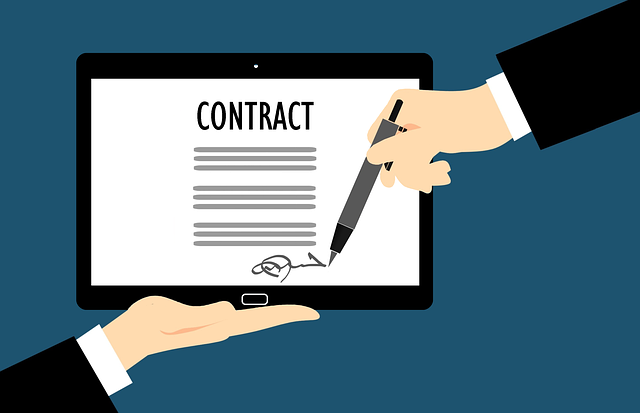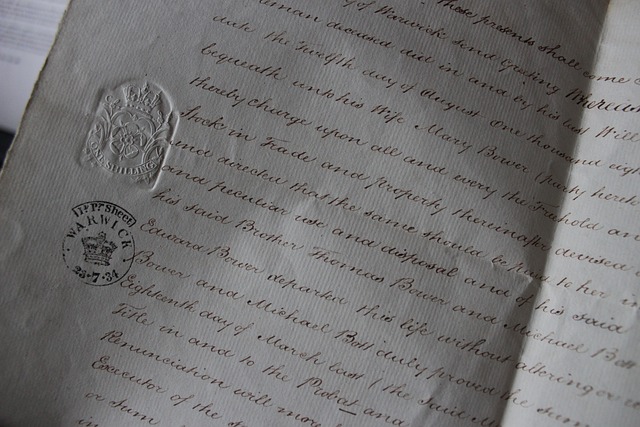Understanding lease terms in student rental agreements is crucial for a positive and dispute-free living experience. A student lease guide deciphers essential components like rent amounts, payment deadlines, maintenance responsibilities, subletting rules, and termination clauses. By reviewing these details, students and landlords can ensure fair obligations, proper property upkeep, and clear communication, fostering a harmonious tenancy period. Before signing, thoroughly read and clarify any unclear terms to protect your interests.
“Navigating the world of student rental agreements can be a daunting task for many. Understanding your rights and responsibilities is crucial to ensure a smooth living experience while studying. This comprehensive student lease guide delves into the essential components of these agreements.
From deciphering lease terms explained in simple language to exploring common lease clauses and their meanings, this article equips students with knowledge. By understanding rental contract terms, students can make informed decisions, avoid disputes, and know how to handle breakages, ensuring a safe and secure living environment.”
- What is a Student Rental Lease Agreement?
- Key Lease Terms Students Should Know
- Common Lease Clauses and Their Meanings
- Rights and Responsibilities of Students and Landlords
- How to Read and Review a Lease Before Signing
- Handling Disputes and Breaking the Lease
What is a Student Rental Lease Agreement?

A Student Rental Lease Agreement is a legal document that outlines the rights and responsibilities of both the student tenant and the landlord. It’s a crucial contract for students looking to rent accommodation, as it provides clarity on various aspects such as lease terms, rental amount, payment schedule, maintenance obligations, and more. Understanding these agreements is essential, especially for those new to renting, to ensure a smooth living experience and avoid any potential disputes.
This student lease guide covers the basic components of a rental contract, including lease duration, renewal options, subletting rules, damage deposits, and termination clauses. By deciphering these lease clauses students can protect themselves and make informed decisions when choosing where to live during their academic years. Knowing what to look for and understanding your rights is a key step in navigating the student housing market.
Key Lease Terms Students Should Know

When it comes to student rental agreements, knowing the key lease terms is essential for ensuring a smooth living experience. Students often find themselves navigating complex rental contracts with unfamiliar terminology. Therefore, a comprehensive understanding of lease terms explained in their rental contract terms is crucial. Familiarizing yourself with common rental contract terms and lease clauses students encounter can empower you to make informed decisions during the process.
In the world of student rentals, several key lease terms shape your rights and responsibilities as a tenant. From rent amount and payment deadlines to move-in and move-out procedures, these details are vital. Additionally, understanding subletting rules, maintenance requests, and termination clauses is indispensable for avoiding potential pitfalls. A student lease guide can serve as a valuable resource for deciphering these complex concepts, ensuring both your protection and peace of mind while renting during your academic journey.
Common Lease Clauses and Their Meanings

When it comes to student rental agreements, understanding lease clauses is essential for a smooth tenancy experience. Common lease terms explained in these contracts include rent amount and due date, property maintenance responsibilities, and rules regarding subletting or altering the unit. Students should be aware of their rights and obligations as outlined in the agreement.
Another crucial aspect to focus on are lease clauses related to security deposits, eviction processes, and notice periods. These stipulate the conditions under which a deposit can be withheld and the steps to take if either party wants to terminate the rental contract. A student lease guide should clearly define these terms to avoid any misunderstandings or disputes during the tenancy period.
Rights and Responsibilities of Students and Landlords

Student rental lease agreements are a crucial aspect of the housing process for many college-goers. Understanding the lease terms explained in these contracts is essential for both students and landlords to ensure a smooth living experience. This student lease guide highlights the rights and responsibilities that each party entails, which can vary based on location and property type. Knowing the rental contract terms allows students to make informed decisions about their accommodation choices while empowering landlords with the knowledge to manage properties effectively.
For students, it’s vital to review lease clauses that cover aspects like maintenance, repairs, security deposits, and payment terms. They should be clear on their obligations, such as keeping the property in good condition and adhering to rent payment schedules. On the other hand, landlords must ensure they provide a safe and habitable space while understanding their legal requirements regarding tenant screening, eviction processes, and communication protocols. By clearly defining these rights and responsibilities, students and landlords can build a positive relationship, fostering a comfortable living environment for the former and ensuring property upkeep for the latter.
How to Read and Review a Lease Before Signing

Before signing a student rental agreement, it’s crucial to understand and carefully review every aspect of the lease. Start by reading through all the pages to get an overview of the entire contract. Focus on the lease terms explained, such as rent amount, due dates, payment methods, and any additional fees. Look for key clauses that outline your rights and responsibilities as a tenant, including maintenance requests, damage deposits, and subletting rules.
Pay close attention to the length of the lease term and any renewal or termination policies. Note down any special conditions specific to student tenants, such as on-campus housing privileges or academic performance requirements. Compare these terms with your current living situation and future plans to ensure the lease aligns with your needs. Don’t hesitate to ask questions or seek clarification from the landlord or property manager if there are clauses you’re unsure about.
Handling Disputes and Breaking the Lease

When it comes to handling disputes and breaking a student rental lease, knowing your rights and responsibilities is crucial. Student rental agreements often include specific lease clauses that outline the process for resolving conflicts between tenants and landlords. Understanding these lease terms explained can help students navigate challenging situations effectively.
If disagreements arise, such as issues with maintenance or rent adjustments, it’s essential to review the rental contract terms carefully. Most student lease guides provide clear steps on how to communicate concerns and seek resolutions amicably. Breaking a lease early might incur penalties, so it’s advisable to familiarize yourself with these conditions beforehand. This ensures you can act within the prescribed framework, protecting both your interests as a tenant and those of the landlord.






